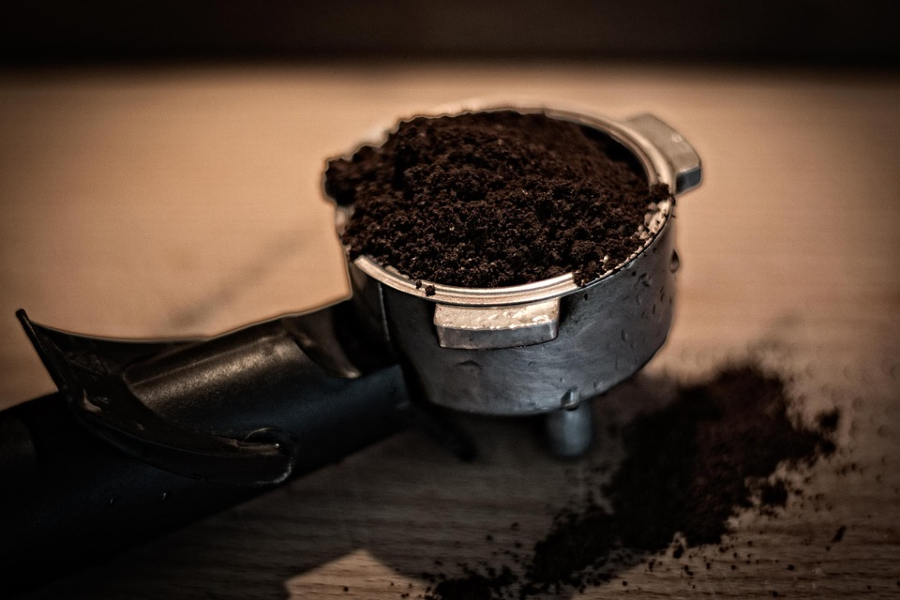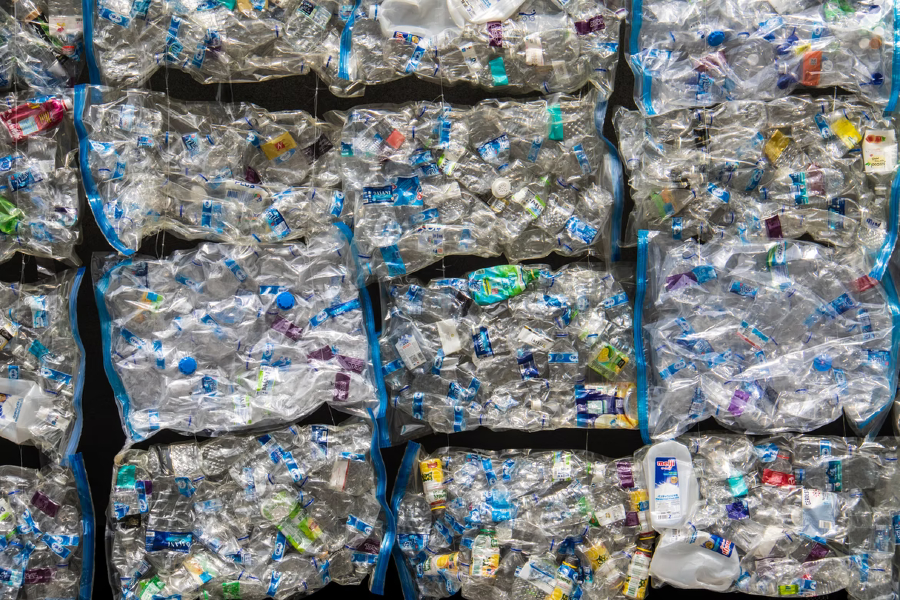![abfalltrennung[1]](/.netlify/images?w=1400&fm=jpg&q=80&url=https:%2F%2Fstore.muellex.ch%2Fmedia%2Ff2%2Fa5%2Ffc%2F1720427541%2Fabfalltrennung%5B1%5D.jpg?ts=1720427541)
Waste separation: How to separate your waste correctly
Switzerland is the third largest producer of waste in the world, which is why waste separation plays a particularly important role here. On average, each person produces over 700 kilograms of household waste per year. Extrapolated to around 8.6 million Swiss, this means more than six million tons of waste every year. An enormous number, isn't it?
Fortunately, Switzerland is high on another list: no other country has such a high recycling rate. The basis for this is correct waste separation, because only then can as much as possible be recycled. Just a few decades ago, the separation of household waste was no more than a vague idea.
Everything that needed to be disposed of simply ended up in a large bin. Leftover food, glass, paper and rubbish were disposed of together - anything but sustainable. Fortunately, this has changed. There are now numerous waste separation systems that make proper disposal very easy.
Now it's up to you to use them correctly. What do you need to consider when separating waste and how does it work properly? We'll show you!
What goes where when correctly separating waste?
The kitchen is the place where the largest amounts of waste are generated in most households. So let's take a closer look. The kitchen is often the center of the house. The whole family comes together here, cooks and eats together and talks about what happened during the day.
The kitchen is a community place and it is well known that a lot of waste is generated there. This includes plastic food packaging, leftover food, bottles and glasses, yesterday's old newspaper or flyers from the mailbox. If all of this waste is disposed of properly, as much of it as possible can be recycled.
Let's start with organic waste. If you have your own garden with compost, disposal is particularly easy. Leftover food, cooking waste, etc. simply end up on the compost. This creates fertilizer that can be used directly in the garden. This way you kill two birds with one stone.
If there is no compost available, the waste ends up in the organic waste bin. But only what is actually compostable belongs there. This includes:
- Leftover fruit and vegetables
- Baked goods
- Coffee grounds
- Pant waste

This belongs in the yellow and blue bin
All kinds of plastic containers end up in the yellow bag, including bottles of drinks, cleaning products and care products, as well as packaging materials and Tetra Paks. Children's old plastic toys, on the other hand, have no place in it. The same applies to old toothbrushes, CDs and DVDs, and insulation materials.
And what is the blue bin good for? For packaging made of metal, aluminum foil, yogurt lids and cans, to name just a few examples. Recycling aluminum in particular saves countless amounts of raw materials and energy every year. This means the environment can breathe a little easier.
Yoghurt lids should be washed before disposal. Depending on the region, small metal items such as pots, nails or screws can also end up in the blue bin. Find out more from your local authority. You should also be careful with paint cans. They only belong in the blue bin if they are completely empty. If there are still paint residues in them, the cans are a case for hazardous waste.
Collect recyclable materials, seprate hazardous waste and protect the environment

The category of recyclable materials includes PET bottles, white glass, colored glass, paper and cardboard. All of these must be collected separately and either end up in appropriate containers or at the collection point. Make sure to separate white and colored glass.
Why is this so important? Because just one single bottle made of colored glass can discolor up to 500 kilograms of white glass. This means that this can no longer be recycled as such. However, if a white glass bottle ends up in the colored glass container, it's not so bad. Incidentally, glass dishes, light bulbs, ceramics and porcelain do not belong in the glass recycling bin.
Waste that cannot be reused, recycled or composted and is at the same time harmless ends up in the garbage bin. Batteries, LED lamps, medicines, chemicals and toxic substances of any kind have no place here. Otherwise they represent a major burden on the environment, and that is exactly what waste separation is intended to prevent. Hazardous waste is the right choice here.
Which system is particularly suitable for waste separation at home?
Environmental protection is a top priority in Switzerland, and you can contribute to this by making small changes in your everyday life. The easiest way is to choose a suitable waste separation system for your household. Waste bins should be practical on the one hand, and not too conspicuous on the other.
Ideally, they integrate perfectly into the overall picture and make separating waste as easy as possible. On average, every Swiss person throws something away 35 times a day. That alone is reason enough to invest in a system that makes separating waste as easy as possible. That's where our waste containers Made in Switzerland come in handy.
At Müllex, we make waste separation more discreet and practical than ever before. Which solution suits you best depends primarily on your habits. Are you a passionate hobby cook? Then you need a lot of space for organic waste. Do you have a particularly large family? Then you need a garbage bin with a lot of volume.
You can't do without the thick daily newspaper in the morning? In that case, you probably need a lot of space for waste paper. Careful planning of the waste system is important in order to ensure that waste separation is correct and problem-free in the long term.
The organic waste container is much smaller than necessary? The temptation is then great to simply put the food scraps in the garbage bag if there is still enough space in it. If you handle it like this, the waste system simply makes no sense. With the help of our product configurator, you can find the system that best suits your needs.
Flexible, comfortable, discreet: Our X-LINE
.jpg?ts=1713262555?height=10&fit=crop,smart)
Clear lines, understated colors and a completely harmonious overall concept - that describes our X-LINE perfectly. It can be easily integrated into existing drawers with a depth of 40 to 50 centimeters. It is put together like a modular system, and a total of four different waste separation containers are ready for disposal:
- X45 from a main container
- X55 from one maim and four additional containers
- X60, also from one main and four additional containers
- X80 from one main and five additional containers
There is also space for various kitchen utensils in the X-LINE systems. Thanks to additional trays on the containers, sponges, rags, garbage bags and more are always kept tidy. And we have come up with another practical feature for this product line: movable bag clamps.
The tedious task of clamping garbage bags is now a thing of the past. We have fitted the garbage bins with spring-loaded clamping fingers in the corners. They make hanging and removing the garbage bags much easier.
Are you also looking for a system that makes waste separation easy? Would you like it to help you do something good for the environment? We would be happy to advise you and work with you to find a solution that perfectly suits your habits. Fill out our contact form or simply come to our location in Netstal.
RELATED POSTS
![mruesch[1]](/.netlify/images?w=800&fm=jpg&q=80&url=https:%2F%2Fstore.muellex.ch%2Fmedia%2F32%2Fe2%2F26%2F1716284240%2Fmruesch%5B1%5D.jpg?ts=1716287792)
Recycling in the kitchen begins with Müllex
Thanks to the container-in-container system, the new X-LINE waste separation systems offer up to seven different possibilities of waste separation. Therefore this unique and universal new product line meets all storage space and sorting...
![Kompostbehalter-Kuche[1]](/.netlify/images?w=800&fm=jpg&q=80&url=https:%2F%2Fstore.muellex.ch%2Fmedia%2F5d%2Fee%2F24%2F1717757305%2FKompostbehalter-Kuche%5B1%5D.jpg?ts=1717757305)
Compost bin kitchen: Helpful tips for composting
Waste separation is one of the most important methods of disposing of waste in a sustainable way. It enables recycling and thus the careful use of resources. Different types of waste are produced in the household. Our X-LINE waste system...
![masse-abfalltrennsystem-fur-zu-hause[1]](/.netlify/images?w=800&fm=jpg&q=80&url=https:%2F%2Fstore.muellex.ch%2Fmedia%2F20%2F46%2Fd7%2F1720190744%2Fmasse-abfalltrennsystem-fur-zu-hause%5B1%5D.jpg?ts=1720190744)
Müllex X-LINE – The clever waste system for the kitchen
The idea of modernizing our tried-and-tested waste system was born a few years ago. Many thousands of working hours later, we now present a completely renewed system. This combines several innovations and patents and will meet the highest...
![80.50.103b-2[1]](/.netlify/images?w=800&fm=jpg&q=80&url=https:%2F%2Fstore.muellex.ch%2Fmedia%2Fb2%2Fc4%2F3a%2F1720192682%2F80.50.103b-2%5B1%5D.jpg?ts=1720192682)
The perfect built-in 35l waste garbage can for your kitchen
"Order is half the battle", as the saying goes. This is especially true in the kitchen. With the right waste system, you can even bring order to leftovers, packaging and anything else that needs to be disposed of. Our waste garbage cans...